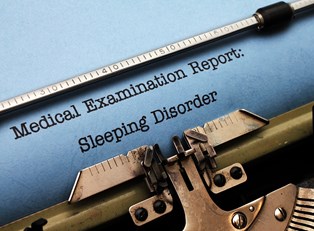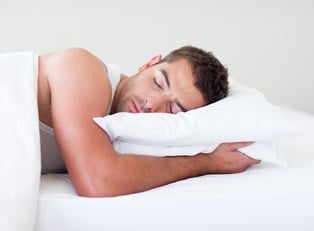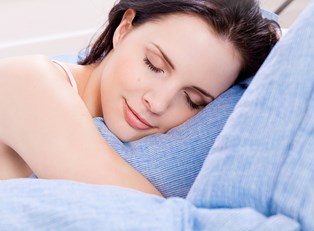Sleep apnea is a sleep disorder that affects roughly one in sixteen Americans, or roughly 7% of the population. While it is most prevalent in older adults, it can begin at any time, even childhood. Even though sleep apnea itself is typically not fatal, it can cause complications that may lead to mortality, which is why it’s a pressing condition that must be taken seriously. Here is a quick overview of the condition: its symptoms, its causes, and its treatments.
Symptoms
- Loud snoring is the most common sign of sleep apnea. Typically this is punctuated by pauses or gasping, which is an indication that a sufferer’s airway has become completely blocked.
- Excessive sleepiness during the daytime is another of the hallmark symptoms associated with sleep apnea. Many times sufferers will find themselves falling asleep on the job or even in the car at a stoplight.
- Mood changes, such as irritability or depression, can also occur with sleep apnea.
- Some “morning after” symptoms of sleep apnea include a persistent headache, difficulty concentrating, and a dry or sore throat upon waking.
Causes
There are actually two primary variations of sleep apnea, each with its own causes. Central sleep apnea, which is the rarer of the two, occurs when a sufferer’s brain can’t correctly regulate the breathing during sleep. This can be spurred on by underlying conditions, such as heart failure or stroke, but it can also be caused by certain medications including morphine, oxycodone, and codeine.
Obstructive sleep apnea is the more common form of the condition. It is caused by a relaxation of the throat muscles, allowing the airways to narrow during sleep. Obesity is one of the primary causes of obstructive sleep apnea, but there are other risk factors as well—including smoking, a family history of the condition, being male, or having naturally narrow airways to begin with.
Treatment
The most common way to treat sleep apnea is with the help of a continuous positive airway pressure (CPAP) mask. This is a device that provides constant air pressure to keeps the airways open. While some find it to be cumbersome, it is the most effective method of treating this condition. Be sure to purchase a CPAP cleaner as well.
There are also lifestyle changes that can prove to be effective treatment methods as well. These include losing weight if obesity is a factor, sleeping in a position besides on the back, stopping smoking, and using nasal spray before bed to help keep airways open.




